A dairy herd is typically made up of four groups of cattle:
- Cows - The females, who give birth to calves and produce milk. Most of the cattle in a dairy herd are cows.
- Bulls - The fathers of the dairy herd. Only a few are needed on a dairy farm, though these days most dairy farms use artificial insemination instead.
- Heifers - Young female cattle. They are the ‘teenagers’ of the herd and haven't had a calf or have had one calf only. They are the second biggest group in the herd.
- Calves - Baby cattle. Female calves grow into heifers and then milking cows. Male calves may be sold for veal production or raised to become breeding bulls.
What breed of dairy cow am I?
There are many breeds of dairy cows in Australia. Holstein, Jersey and Aussie Red are the most popular, all have distinctive characteristics.
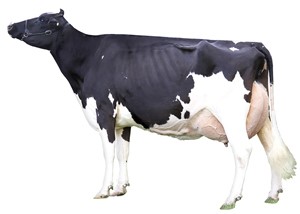 |
Holstein
- Holstein cows originally came from the Northern Europe. Many breeding animals now come from North America.
- These cows are mainly black and white.
- The most popular breed in the world and in Australia; nearly 1.4 million of Australia’s 1.65 million dairy cows are Holsteins.
- Holstein cows produce large quantities of milk; some Holsteins produce 10,000 litres in a year. That’s equal to 5000 two-litre milk cartons (14 cartons every day!)
- Holsteins are one of the largest dairy animals. Cows can stand over 1.5 metres tall and weigh over 600 kg, while bulls stand over 1.8 metres tall and weigh over 1000 kg (about the same as a small car)
|
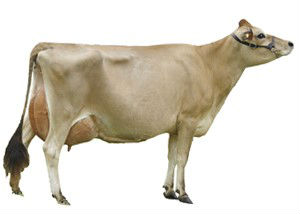 |
Jersey
- Originally came from the island of Jersey (in the English Channel between England and France) and were brought to Australia in 1829.
- These cows are fairly small, and fawn in colour, with black tips on their muzzles, ears, feet and tails.
- The second most common breed in Australia.
- Jersey milk is especially creamy, making it ideal for making butter.
- Jerseys are the smallest of all dairy cows and can weigh up to 500kg.
|
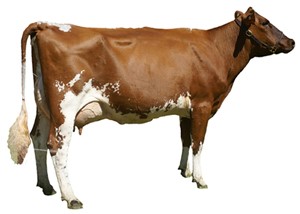 |
Aussie Red
- Bred in Australia by combining Scandinavian Red genetic lines with other Australian Red breeds such as the Illawarra and Ayrshire.
- These cows are medium-sized and mainly red in colour, with white markings.
- An extremely hardy breed that produces milk with a high protein content and medium milk-fat content.
|
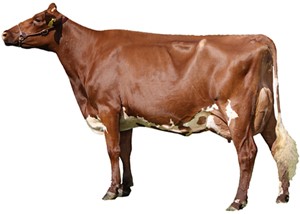 |
Illawarra
- Developed in the Illawarra region of New South Wales by crossbreeding a number of breeds. They were recognised as a new Australian cow breed in 1910.
- Rich red in colour with a little white on the flanks.
- Illawarra cows produce large quantities of milk; many Illawarra’s produce more than 40 litres per day.
|
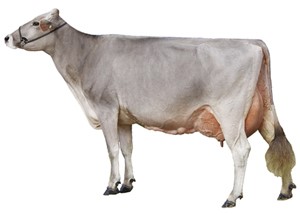 |
Brown Swiss
- Originally from Switzerland.
- One of the most common breeds in the world.
- Solid brown in colour, varying from very light to dark.
|
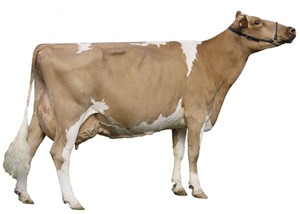 |
Guernsey
- Originally from the Isle of Guernsey, a tiny island in the English Channel.
- Fawn in colouring with white markings.
- Milk is a distinctive golden colour.
- On average a Guernsey produces 22 litres of milk per day.
- By age three a Guernsey cows weigh 600 kg.
|
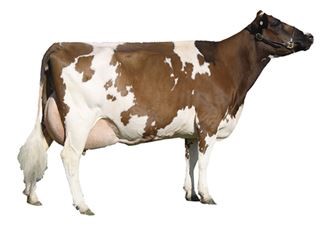 |
Ayrshire
- Originally from the County of Ayr in Scotland and imported to Australia in the 1850’s.
- Colour varies from light to deep cherry red, mahogany, brown, or a combination of these colours with white. Some are all white.
|